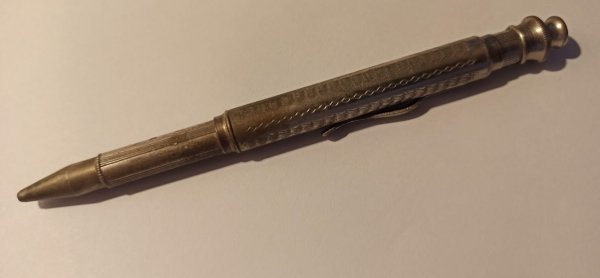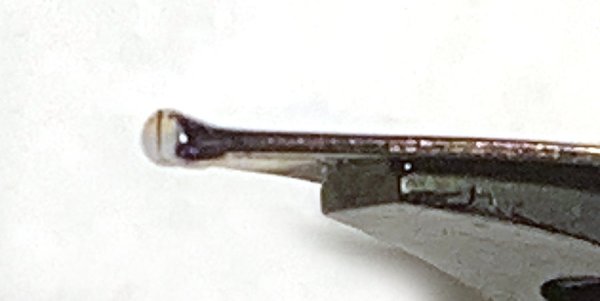An alternative look at ink wetness
-
Forum Statistics
355.5k
Total Topics4.6m
Total Posts -
Member Statistics
128,445
Total Members18,857
Most OnlineNewest Member
Mabi
Joined -
Images
-
Albums
-
Dip Pens
- By shalitha33,
- 0
- 0
- 11
-
Pics for posts
- By ZeroDukE,
- 0
- 0
- 17
-
4posts
- By Tashi_Tsering,
- 0
- 0
- 83
-
Uploads
- By hari317,
- 0
- 0
- 74
-
USG 10
- By USG,
- 0
- 0
- 91
-



















.thumb.jpg.f07fa8de82f3c2bce9737ae64fbca314.jpg)



desaturated.thumb.gif.5cb70ef1e977aa313d11eea3616aba7d.gif)







Recommended Posts
Create an account or sign in to comment
You need to be a member in order to leave a comment
Create an account
Sign up for a new account in our community. It's easy!
Register a new accountSign in
Already have an account? Sign in here.
Sign In Now